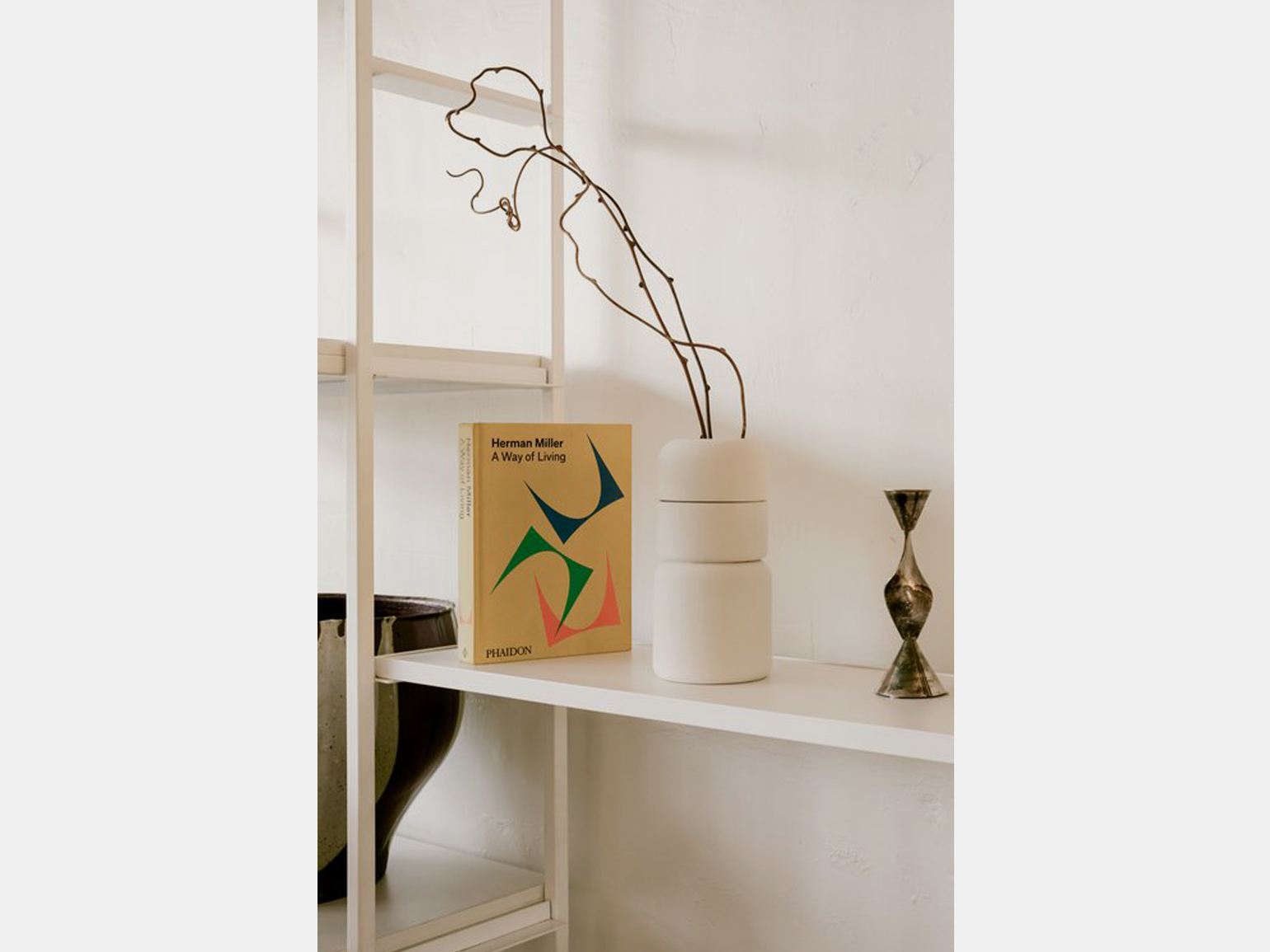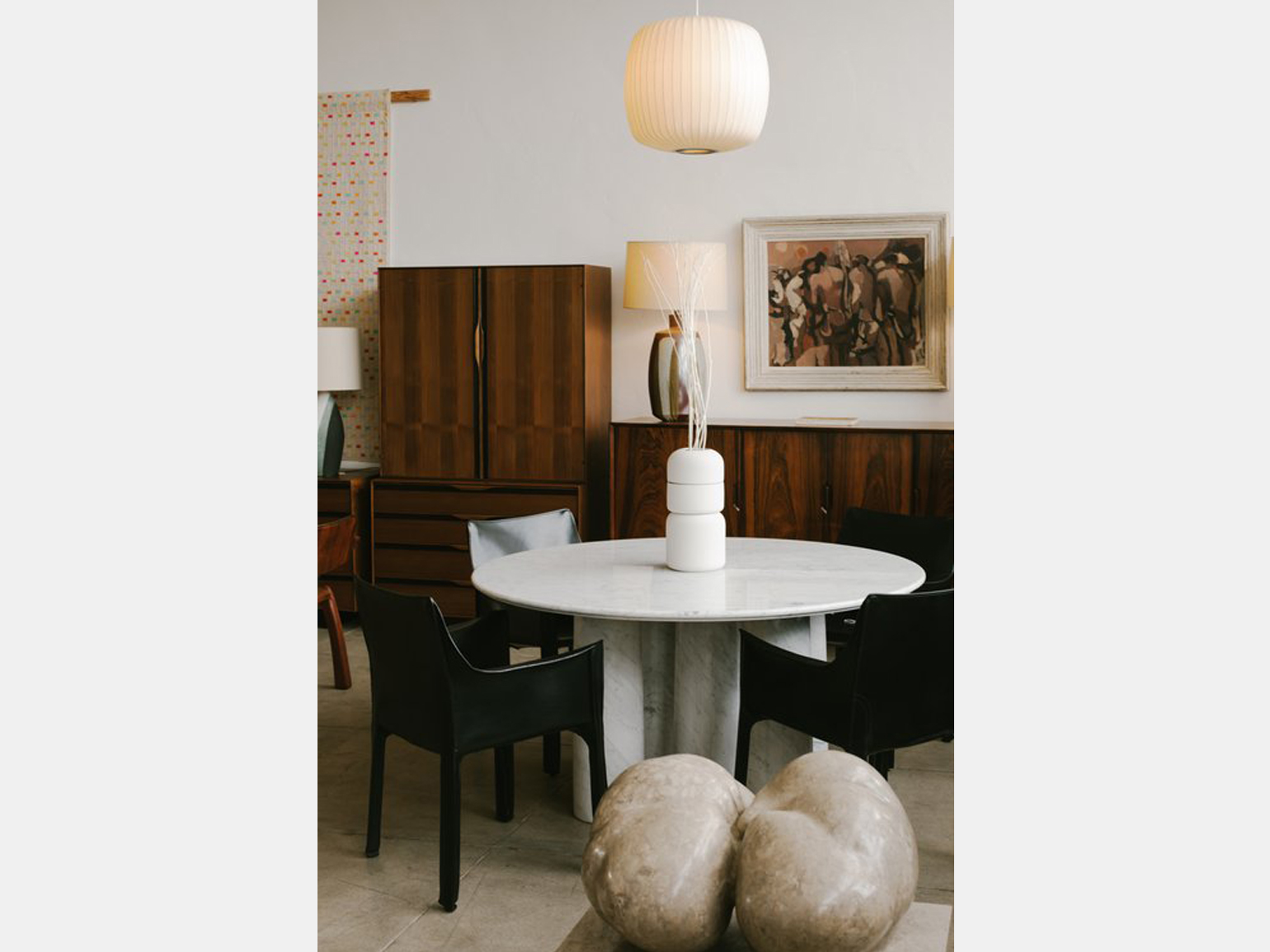In the USA, they created a designer urn for the ashes, from which you can make a beautiful altar
The design of something related to death and memory requires great finesse and sensitivity. Marianne Jamadi, a photographer based in California, decided to create some kind of piece dedicated to the memory of her parents to express her grief after their loss. Unable to find a suitable urn to bury their ashes, she partnered with the Menat ceramic studio in Mexico City to design a worthy vessel.
“It became a way for me to cope,” Jamadi says. “I was able to channel my energy into it, and it became an interesting journey in which I share my grief and see how other people also cope with the loss.”
During his travels, Jamadi was always struck by the various customs and traditions associated with the expression of grief. “When I lost my parents, I longed for something that would be similar to my experience of visiting Varanasi in India or watching cremation ceremonies in Bali.” The vessel’s name, Kunokaiku, pays homage to her parents: it is a combination of Indonesian and Finnish words meaning “ancient” and “echo”. Urns are produced in three sizes, made in small batches by hand. It takes two to three months to create. It is planned to further create limited collections in collaboration with artists.
Urns “Kunokaiku” are intended for storage at home. “It’s nice to have an object that you can interact with. To which you can remain attached,” Jamadi says. Urns can be used as vases, candlesticks, sculptural objects or caskets, and even make a kind of altar out of them.






